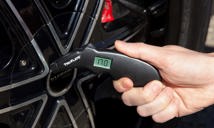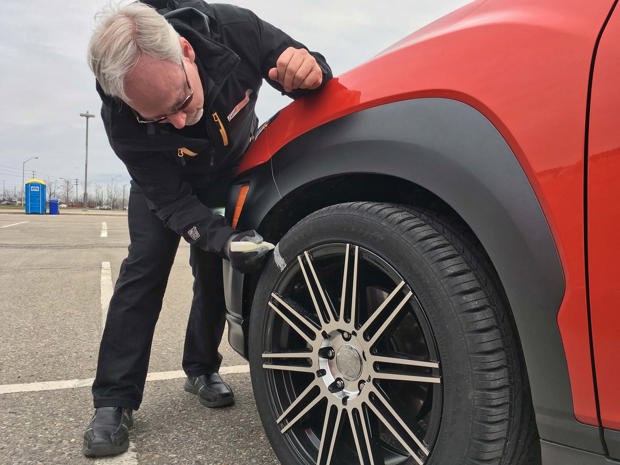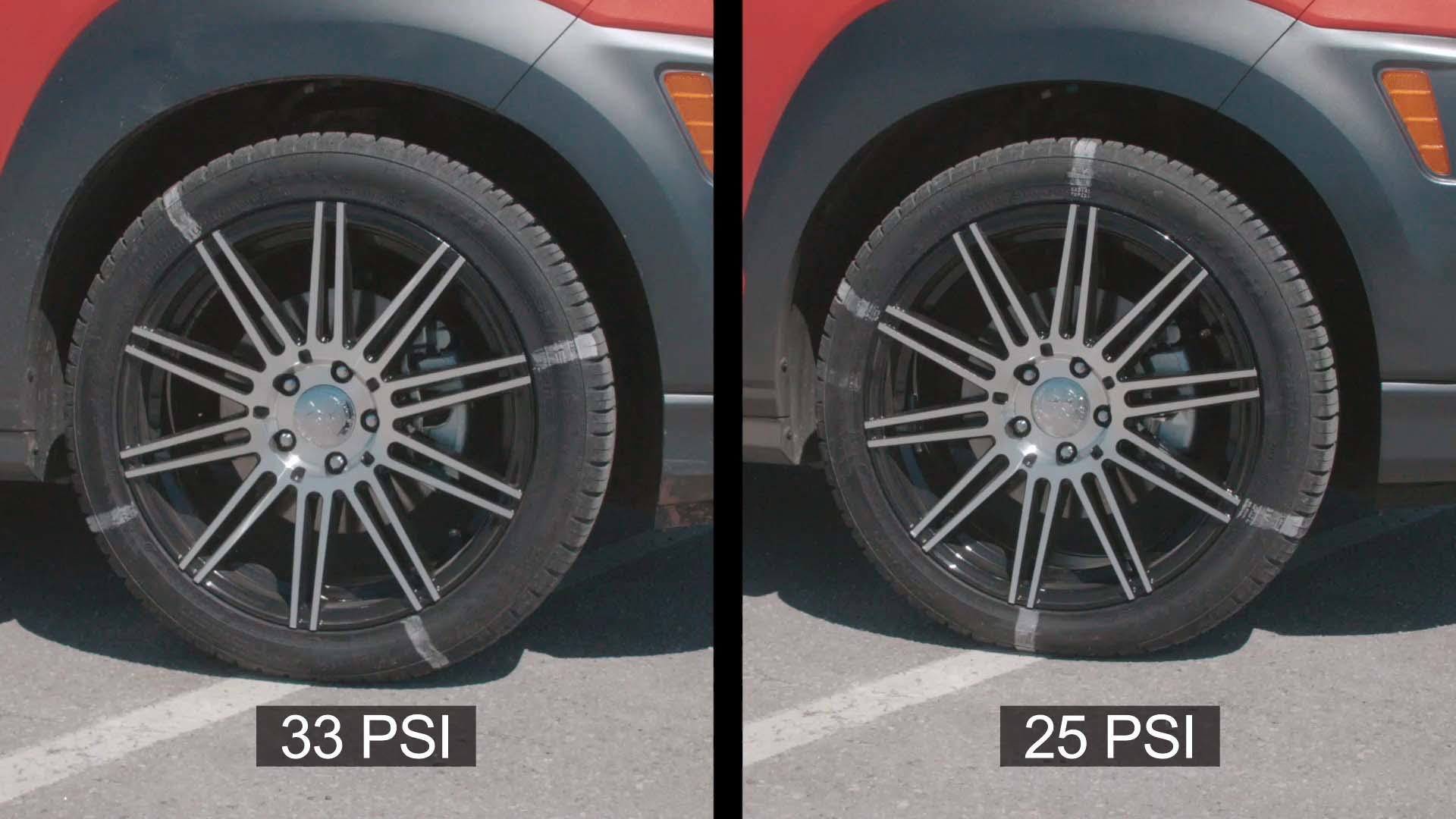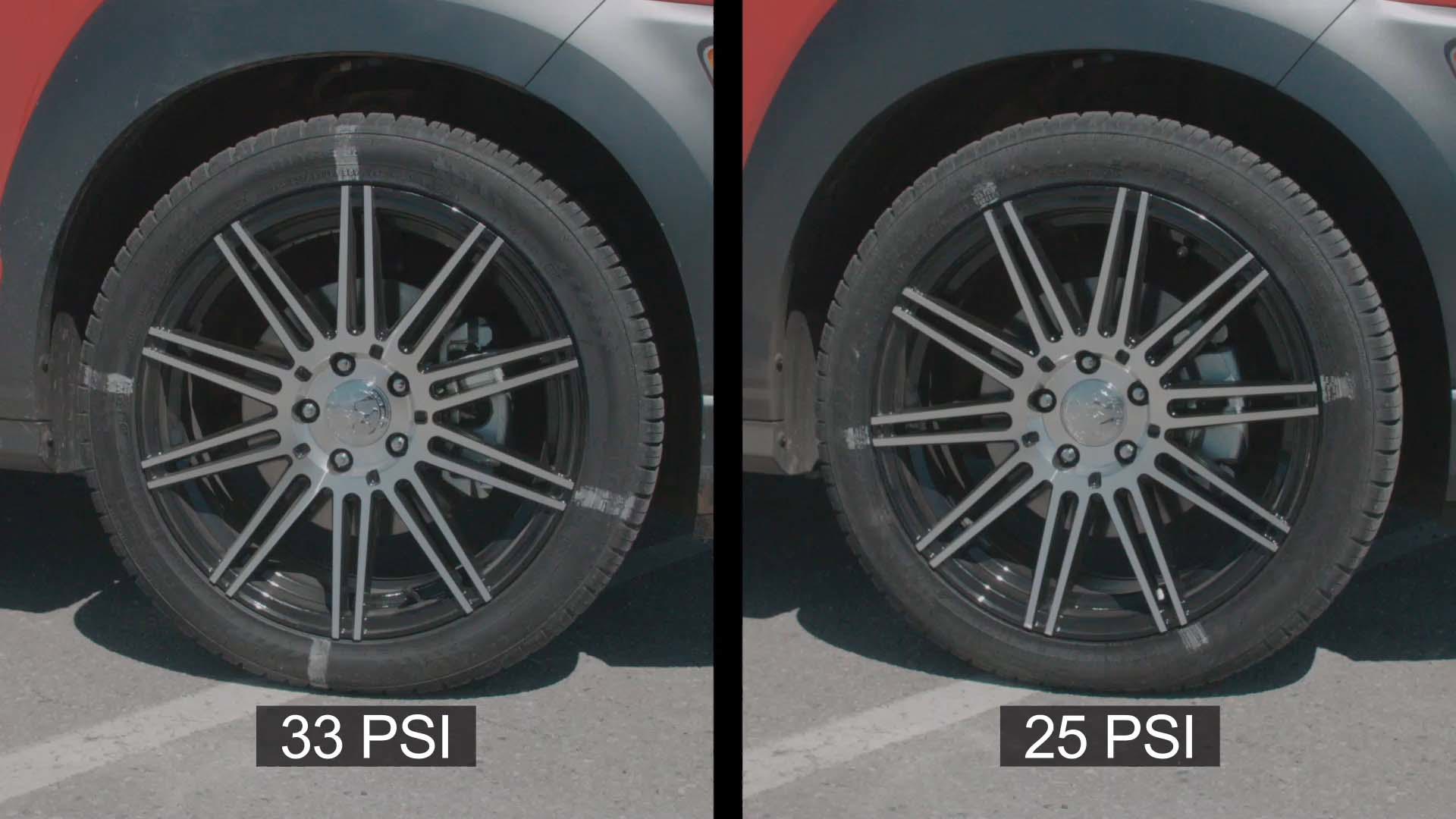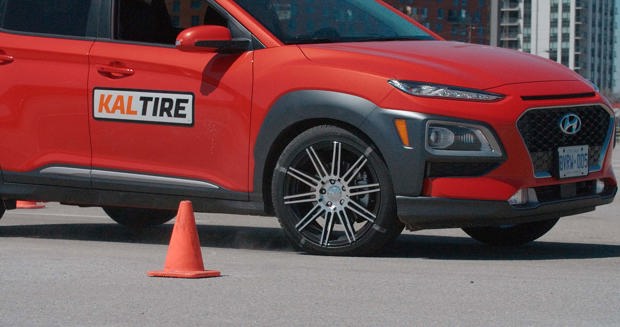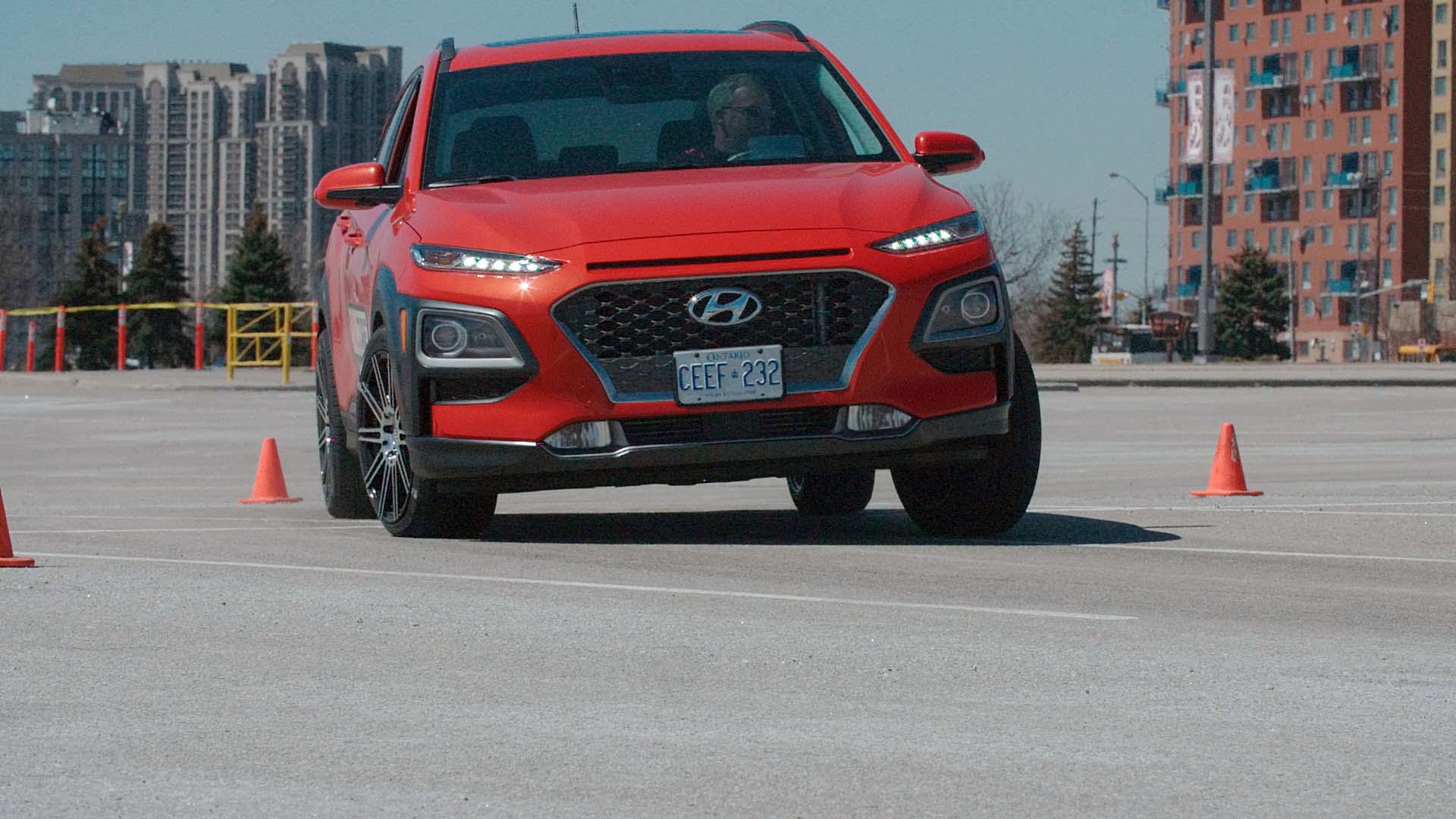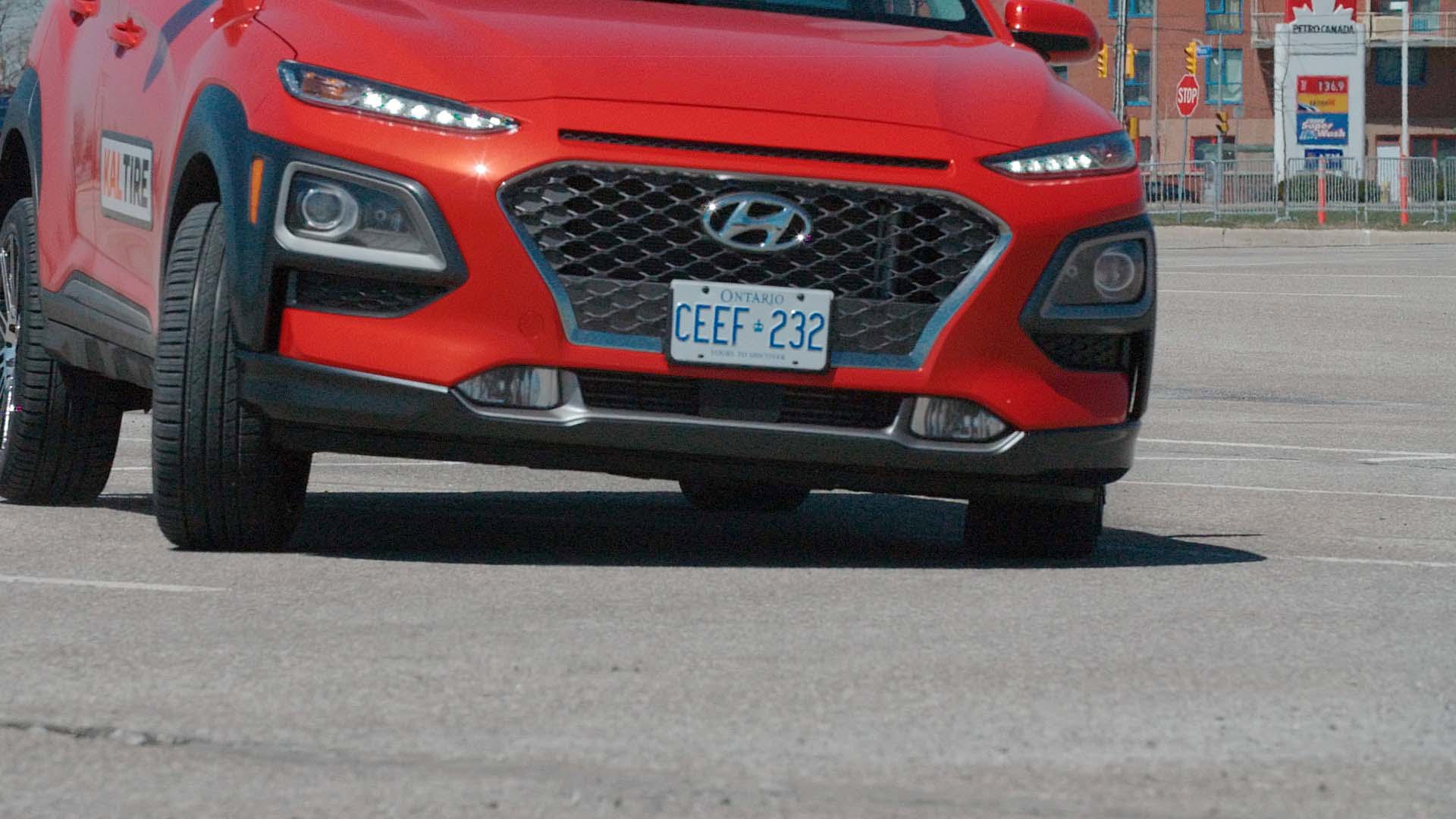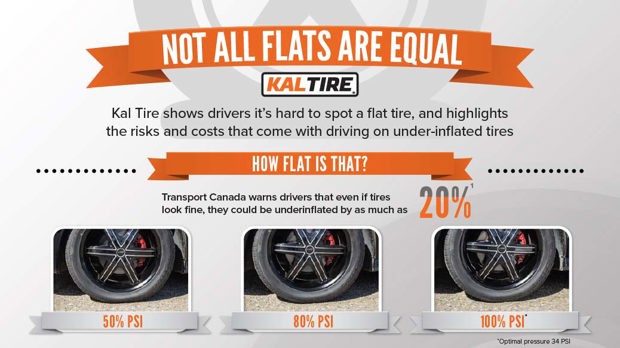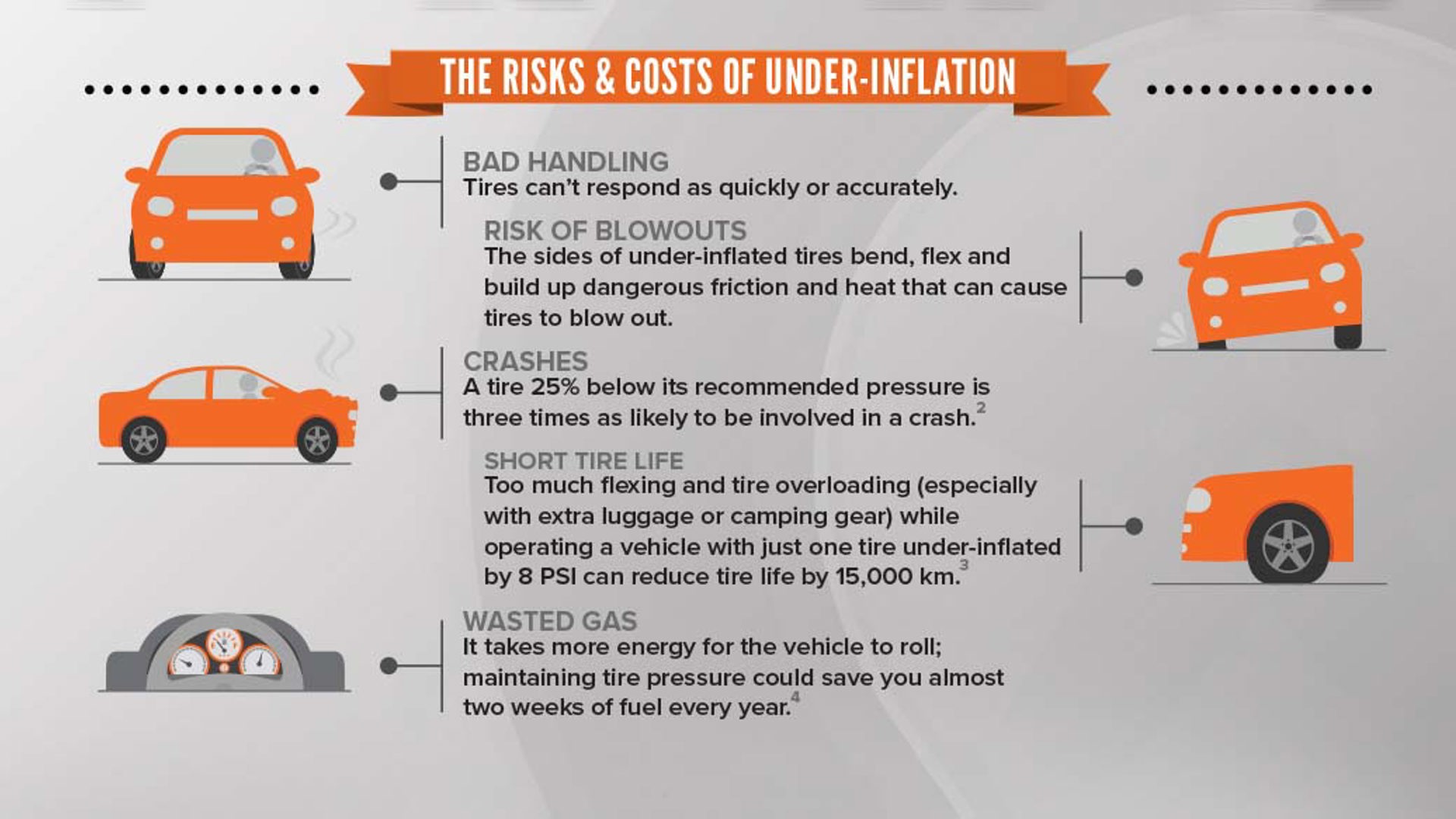Hopefully, the sheer volume of verbiage we’ve expended over the years has convinced our readers of the important role tires play in ensuring their vehicles perform at their maximum ability. At the risk of sounding redundant, we’ve shared the results of countless tests – on road and off, on racetrack and gravel, and on ice and snow; pitted all-season tires against those purposely designed for specific applications – and we’ve also proven time and again that there’s no substitution for genuine winter tires.
We get it. Compared to exhilarating speed, gorgeous aluminum suspension components, and lavish cabin appointments, tires are decidedly lacking in sex appeal. But they’re far more than simple bands of black rubber encircling your wheels – tires combine sophisticated engineering and chemistry to produce what is actually one of the most important components of any vehicle’s performance. They’re literally the tactile connection between your car and the road, delivering the holy grail of driving known as “grip”.
But aside from the complex blends of rubber compound, and highly engineered tread pattern designs, one of the most vital elements in tire physics is surprisingly simple. It’s also the least expensive – good news when you’ve just dropped big bucks at the tire store.
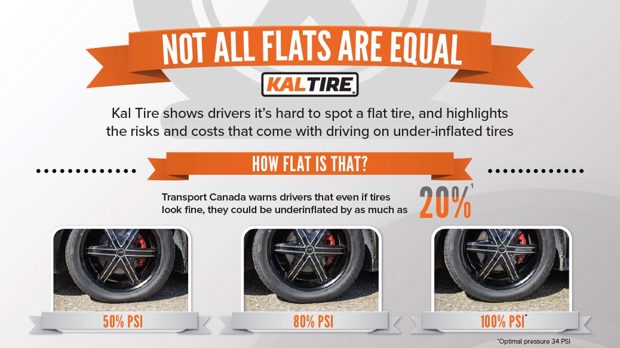
Many people aren’t aware that the air within their tires is just as important as the materials that make up its construction. Proper inflation distributes the weight evenly across all four wheels. Pneumatic (defined as “containing or operated by air or gas under pressure”) tires perform best when inflated to their designated psi (pounds per square inch) of pressure: the air acts as a cushion between the wheel and the road and greatly influences the comfort and ride qualities of the vehicle.
Yet according to a recent survey by Transport Canada, up to 50 percent of cars on the road have at least one tire that is 10 percent under- or over-inflated, and 10 percent of those are under-inflated by as much as 20 percent. Of course, it’s pretty hard to detect by eye, and most people rely on tire-pressure monitor systems to warn them – but these systems don’t kick in until the tire’s 25 percent below the recommended pressure. By that time, the tire’s handling has already been compromised and Transport Canada warns that it’s “three times as likely to be involved in a crash.”
In addition to affecting performance, under-inflation can also reduce a tire’s lifespan: a vehicle with a single tire under-inflated by just eight psi can expect reduced tire life of up to 15,000 km. Furthermore, an under-inflated tire can cost you money at the pumps. How much fuel a vehicle consumes is affected by the effort expended to overcome inertia, or its resistance to rolling. Each one-psi drop in pressure on all four tires can lower fuel efficiency by 0.4 percent – which may not sound like much, but if the average person drives 20,000 km per year it could add up to an extra 545 litres of gas, or nearly enough to pay for a new set of tires (and the air inside them).
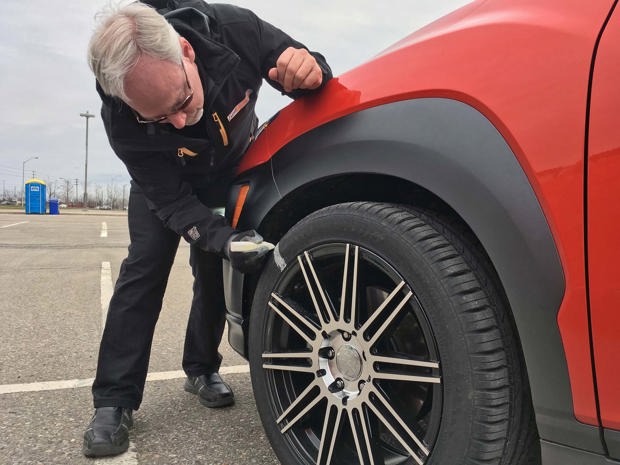
To experience the demonstrable difference that correct tire pressure has on a car’s cornering and braking abilities, Kal Tire invited us to participate in a quick exercise using a pair of identically configured vehicles over a small handling course.
Each car was equipped with Nokian Entyre 2.0 all-season tires; one with the recommended 33 psi, the second at 26 psi. The difference wasn’t enough to trigger a TPS warning, and wasn’t discernible to the eye. The exercise featured a brisk acceleration to 50 km/h into a smooth slalom, followed by a tight radius, a couple of gates (designed to simulate quick lane changes), and ended hard on the brakes. While most of the results would be decided through sheer, seat-of-the-pants subjective feel, instructor Jeff McKague chalks a hash mark on one front sidewall of each vehicle to offer more tangible proof of the tire’s stability.
As expected, the properly inflated tire responded well to steering inputs, remaining stable through the to-and-fro of the slalom, and showing little evidence of understeer through the tight turns. Switching back and forth through the gates, the tires delivered the decisive grip the vehicle needed to maintain control without undue recovery time from lateral tossing. Accelerating back up to 50 km/h, we ended with a full-on panic stop, under which the vehicle maintained control in a straight line with a minimum of sliding.
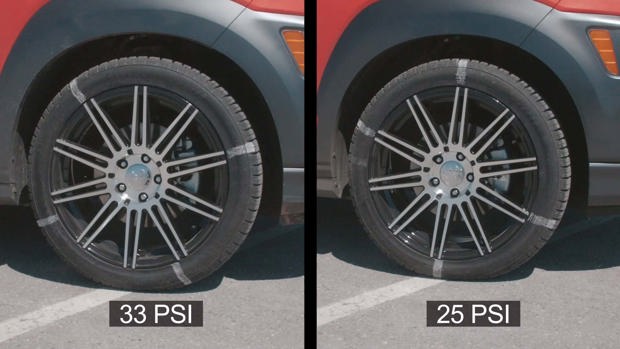
The next vehicle, clad with 26 psi tires, wasn’t as quick to accelerate off the line. While we didn’t manage to knock over any cones, there was more body roll and less stability through the slalom. Heading into the tight turn, the tires were slower to respond to a quick tap of the brakes to redistribute the car’s weight evenly across all four contact patches. Predictably, the car began to plow, or understeer, necessitating more shuffling of the steering wheel to correct its path and re-establish the turn. The fraction of disconnect between input and response created handling that was noticeably less stable. Braking was much less decisive and with a longer stopping distance.
McKague, a 30-year competitive driver and instructor, compares the chalk marks on the two tires. The first shows some smudging on the shoulder blocks, those chunky side treads that provide much of the stability during hard cornering. This indicates that when most of the vehicle’s weight was concentrated on one side while turning, the tire flexed enough that the shoulders made contract with the ground. That was to be expected, and is actually a good thing – too hard a tire would not provide the grip needed to keep the vehicle turning.
However, on the second tire at least half of the chalk mark was erased, proving there was sufficient rolling that the tire’s sidewall actually scraped the ground.
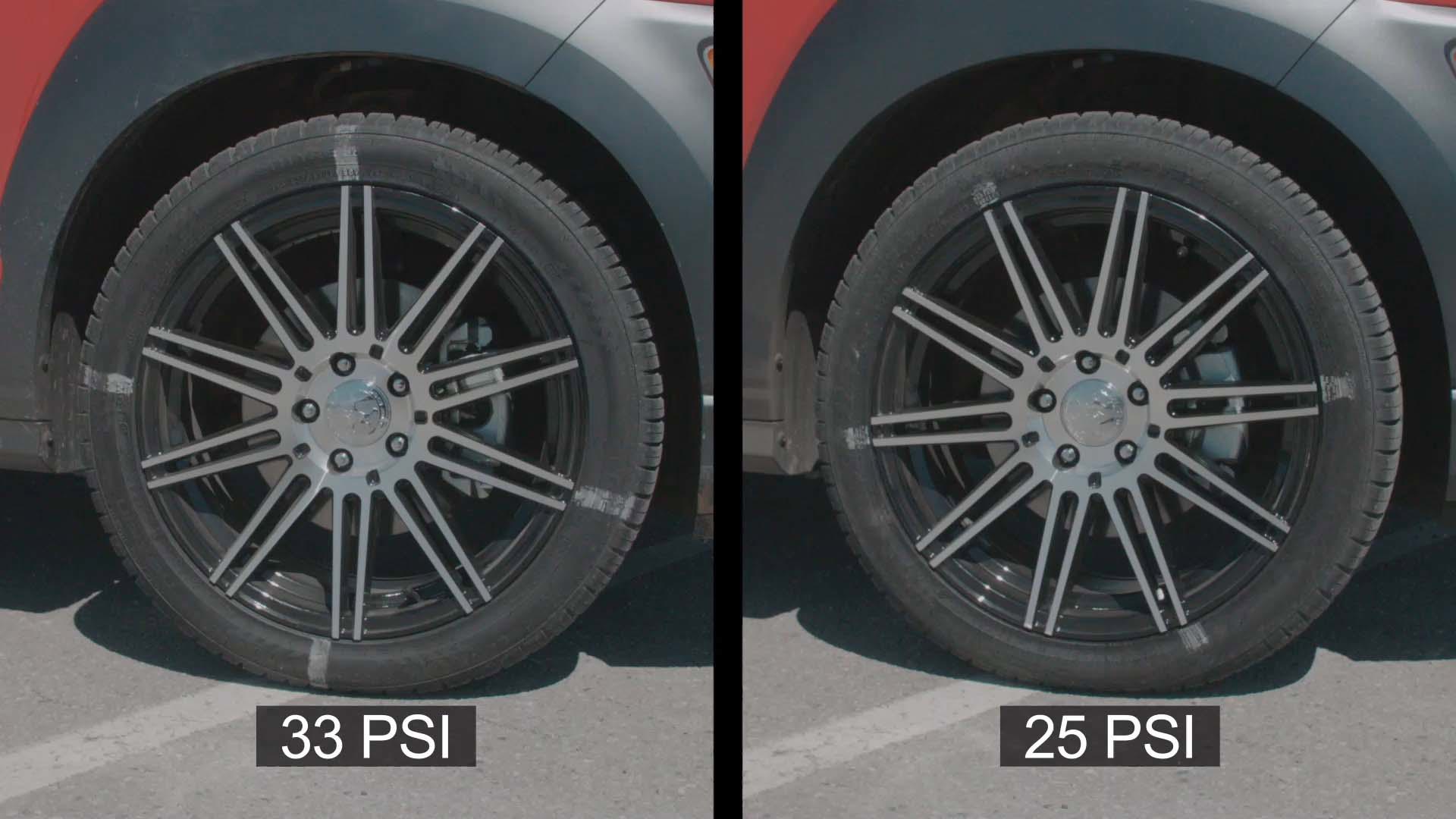
Since both were brand-new tires of decent quality, we were able to complete the exercise without incident. “But,” said McKague, “the downside to that is, the more you make it work, the more flex of the sidewall, the less integrity remains.” Pointing to a tire used earlier in the day whose interior was filled with rubber crumbs, he said, “This one went flat. There’s so much movement of the sidewall, it actually takes away some of the rubber on the inside.”
Sidewalls are designed to flex and rebound, but the heat and energy produced while doing so is lost in a process known as hysteresis. This means that some of the fuel expended into overcoming inertia, or asking the car to move, will be wasted as heat through the flexing of the rubber. This is why many EVs and hybrid vehicles are sold with “low rolling resistance” tires which roll easier and are therefore more fuel-efficient. The downside is that the stiff sidewalls and less adhesive rubber of these tires deliver a less responsive, harsher ride. Conversely, off-roaders will “air down”, reducing pressure considerably to maximize the tire’s flexibility and grip over variable terrain. But they also drive at greatly reduced speeds to prevent damage or risk of popping the bead or even having the tire roll off the rim.
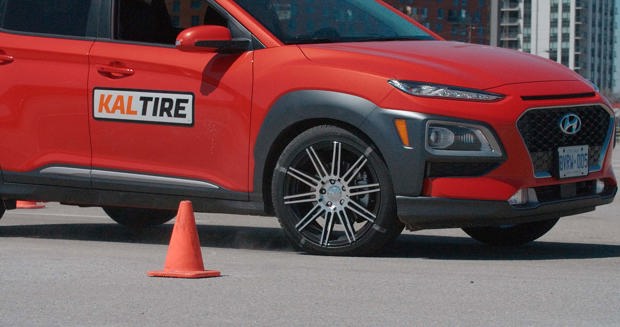
Under-inflation not only affects the vehicle’s handling and performance, but shortens the tire’s life considerably.
The continuous over-flexing of the under-inflated tire can eventually build up enough heat and friction to cause a catastrophic blow-out.
McKague recommends checking tire pressure at least once a month, using a proper gauge and the vehicle’s recommended psi – found on the door jamb and not the wall of the tire, which indicates maximum pressure capacity. It’s best to check when the tires are cold, such as early in the morning, as heat causes the air to expand and increase pressure. Many shops, such as Kal Tire, will perform this service free.
And what about nitrogen? McKague suggests you save your money. Sure, it doesn't expand and contract the way air does, but the difference is so infinitesimal that it's really only beneficial to race teams where fractions of fractions count.
Simple, abundant, and inexpensive, the air in your tires can help maximize your vehicle’s performance, greatly enhance safety, conserve fuel, and have a lower impact on the environment.
